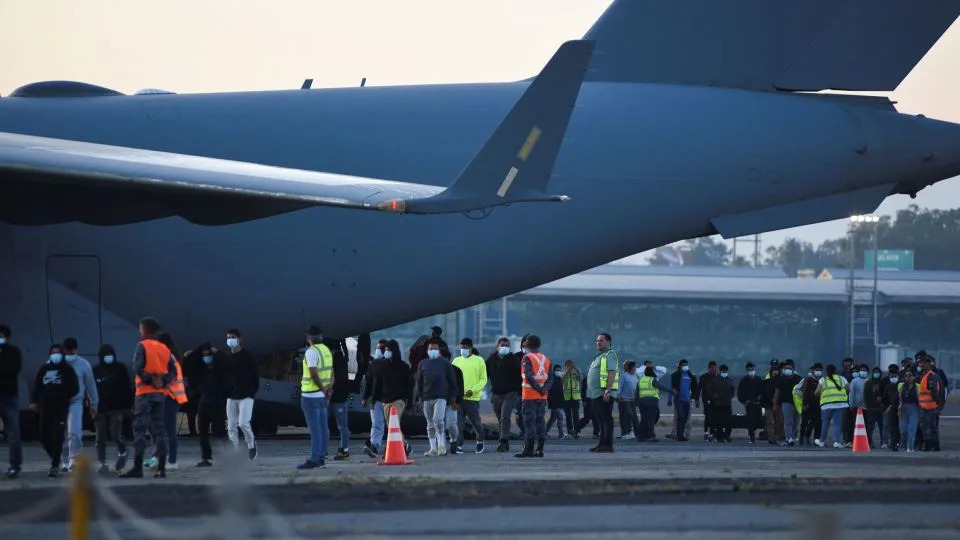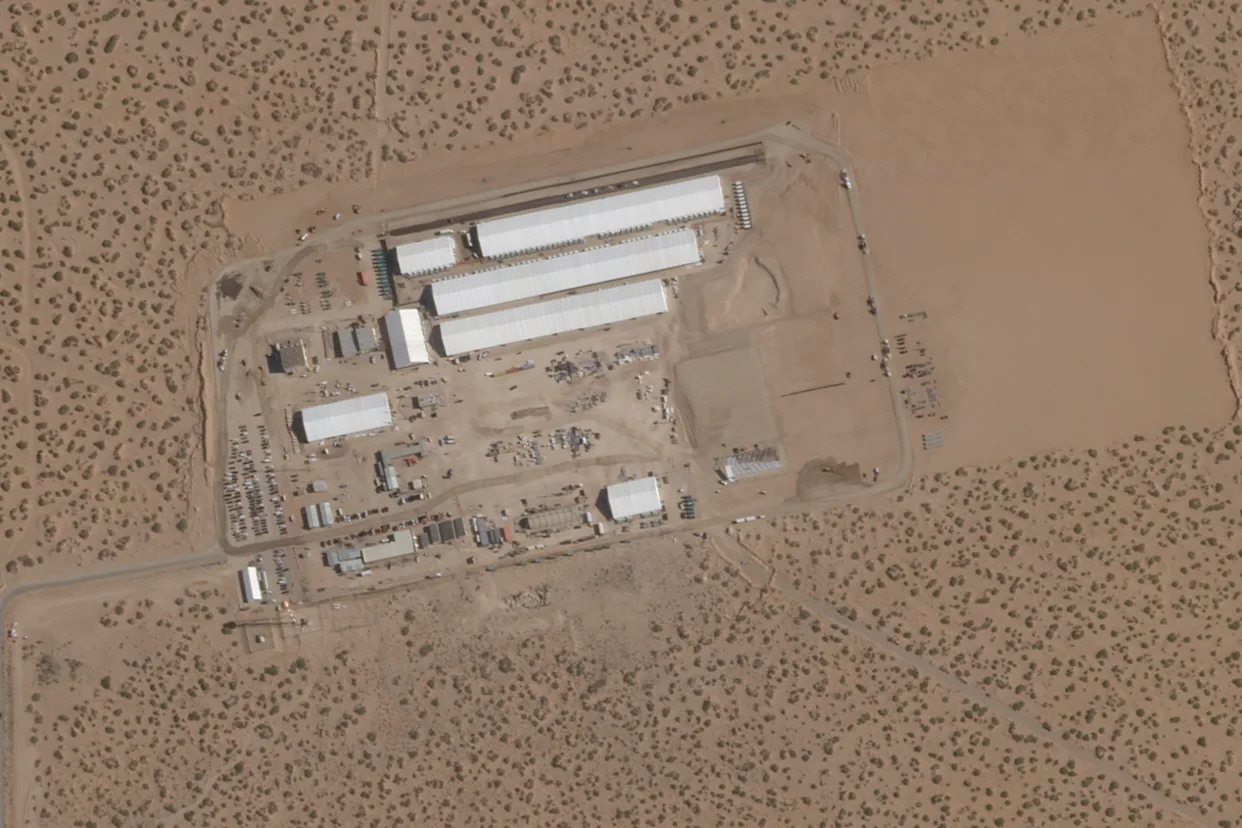
Immigration and Customs Enforcement deported nearly 200,000 people in the first seven months of President Donald Trump’s administration, according to a senior Homeland Security official, putting the federal agency on track for its highest rate of removals in at least a decade but still short of the administration’s stated deportation target.
The latest figure is a slice of the overall deportations that have occurred under Trump. The administration has recorded nearly 350,000 deportations since the president returned to office in January. The other deportations this year included repatriations by US Customs and Border Protection and the Coast Guard, as well as people who chose to self-deport.
Prior to Trump taking office, ICE had already recorded around 71,400 deportations between October 2024 through the end of December. Including those, ICE could surpass 300,000 deportations in fiscal year 2025, which ends September 30. The last time the agency recorded that many deportations was under President Barack Obama, when around 316,000 people were removed in fiscal year 2014.
The administration has enlisted multiple federal agencies to bolster its immigration enforcement operations nationwide, notably flexing its presence in cities like Los Angeles and Washington, DC.
CBP, the agency responsible for border security, recorded more than 132,000 deportations this year. The department has also tracked around 17,500 self-deportations. Taken together with ICE’s actions, that amounts to nearly 350,000 deportations in the first seven months of Trump’s second term.
“In the face of a historic number of injunctions from activist judges, ICE, CBP, and the U.S. Coast Guard have made historic progress to carryout President Trump’s promise of arresting and deporting illegal aliens who have invaded our country,” the senior DHS official said in a statement. “Additionally, illegal aliens are hearing our message to leave now or face the consequence.”
Privately, however, senior Trump officials remain frustrated with the agency, which continues to lag in immigration arrests. While roughly double what they were under the Biden administration, interior arrests have fluctuated between 1,000 and 2,000 arrests a day, according to internal data, short of a White House goal of 3,000 arrests a day.
Trump campaigned on mass deportation — vowing that removing undocumented immigrants would be top priority for his administration, which has set a goal of one million deportations a year. And while the number of deportations so far is a significant increase from recent years, the task of removing people in historic numbers has proven challenging given limited resources and personnel.
Now, ICE is preparing to receive a massive infusion of cash, likely supercharging operations. When Trump signed his agenda bill into law over the summer, it set up ICE to be the most well-funded police force in the federal government over the next four years.
ICE alone is set to receive nearly $75 billion through 2029, including about $45 billion that is being set aside specifically to increase capacity at immigration detention centers. The other nearly $30 billion is going toward enforcement and removal — a cash windfall that will be directed toward the front-line ICE operations that involve arresting immigrants and transporting them to detention centers.
DHS has repeatedly touted its efforts to encourage people to voluntarily leave the country — taking to the airwaves in multimillion-dollar ad campaigns and offering financial incentives. Homeland Security Secretary Kristi Noem touted those figures in a White House Cabinet meeting this week, crediting the president for his “strong message.”
For more CNN news and newsletters create an account at CNN.com








Comments